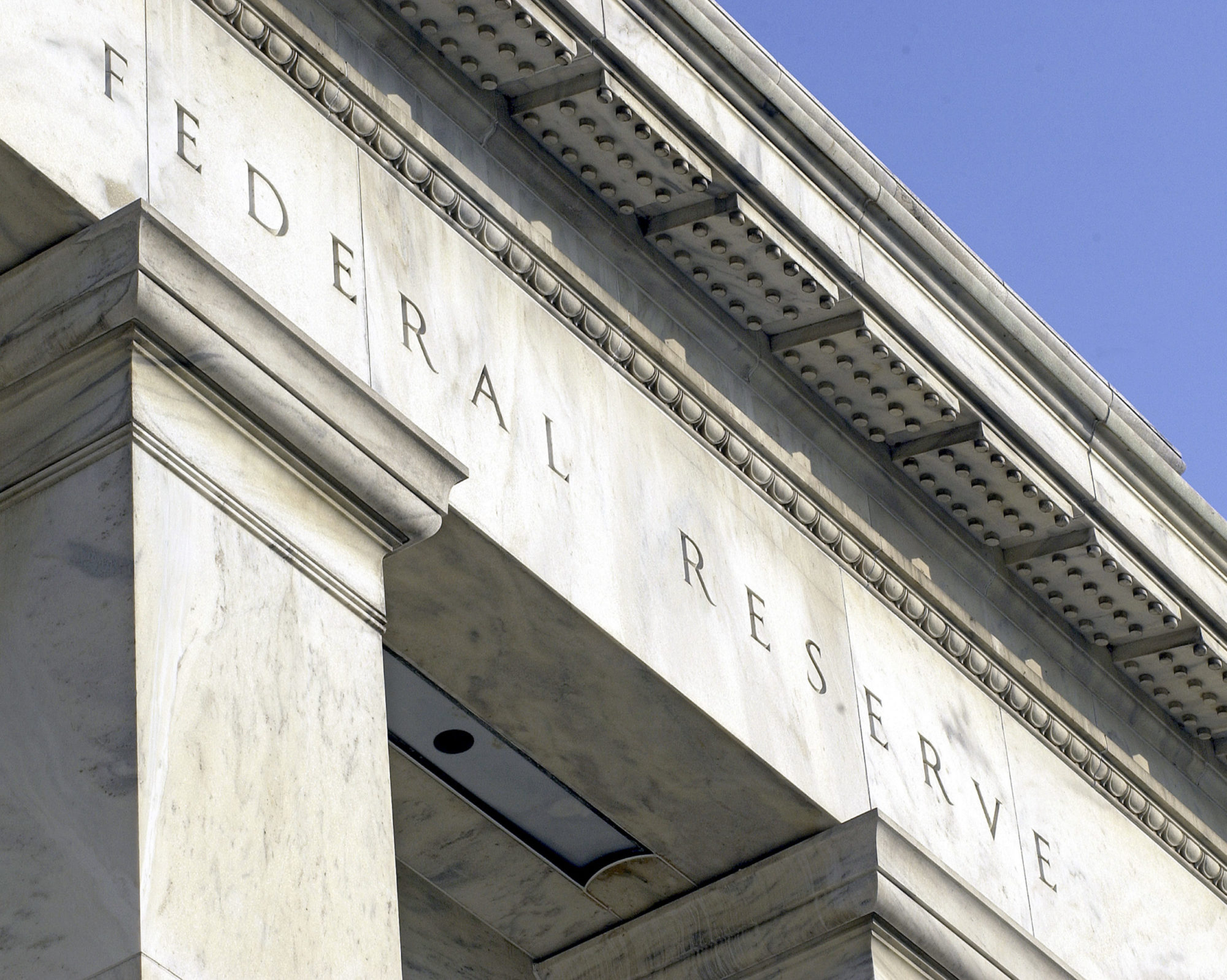The pace of the Federal Reserve’s unrivalled
has been the driving factor in returning global markets to relative normality in the short term.
The US central bank has expanded its balance sheet to a record $6.4trn, up from $2trn since the start of March, in a move to prop up markets following the rapid spread of coronavirus throughout the world.
As part of this, the Fed is buying corporate bonds for the first time in its history, something which was not done even during the Global Financial Crisis in 2008.
The Fed’s quick action has worked. The S&P 500 is up 25% since 23 March, when the central bank first made its announcement, while the 2-year Treasury is trading at eight-year lows largely due to investors flooding back into the market.
Highlighting this, the SPDR Barclays High Yield Bond ETF (JNK) alone attracted over $500m inflows in the week to 10 April after the Fed revealed plans to purchase high yield ETFs, adding to the record $7.1bn inflows seen into high yield funds the previous week.
Furthermore, investors in Europe are putting risk back on the table with corporate bond ETFs dominating the inflow charts while short-dated bonds were among the products with the most outflows in the week to 10 April.
In fact, the Fed’s move has worked so well some have said the US central bank will not even have to enter the ETF market at all despite the pledge.
David Mann, head of global ETF capital markets at Franklin Templeton, told Bloomberg: “The market has interpreted that announcement by the Fed as ‘OK, they’re going to be stepping in, so we can go back to normal,’ and if the threat of acting was sufficient, then they don’t necessarily even have to act.”
However, some parts have questioned the unprecedented moves by the Fed to purchase high yield ETFs.
While it is testament to how far the ETF wrapper has come over the past decade, it still begs the question of whether the purchases of junk bonds are necessary.
Companies with BB+ ratings and below do not make up the backbone of the US economy yet the Fed is willing to support them and effectively encouraged investors to move into riskier parts of the market. Whether this is how markets are supposed to operate can certainly be questioned.
As the International Monetary Fund (IMF) said last October: “While easier financial conditions have supported economic growth and helped contain downside risks to the outlook in the near term, [central banks] have also encouraged more financial risk-taking and a further build-up of financial vulnerabilities, putting medium-term growth at risk.”
How the Fed begins to unwind its balance sheet is something that will need to be addressed at some point but that remains an issue for later. For now, Chairman Jerome Powell and the board of governors will be satisfied with the market reaction to their unprecedented action taken over the past month.
Sign up to ETF Stream’s weekly email here


